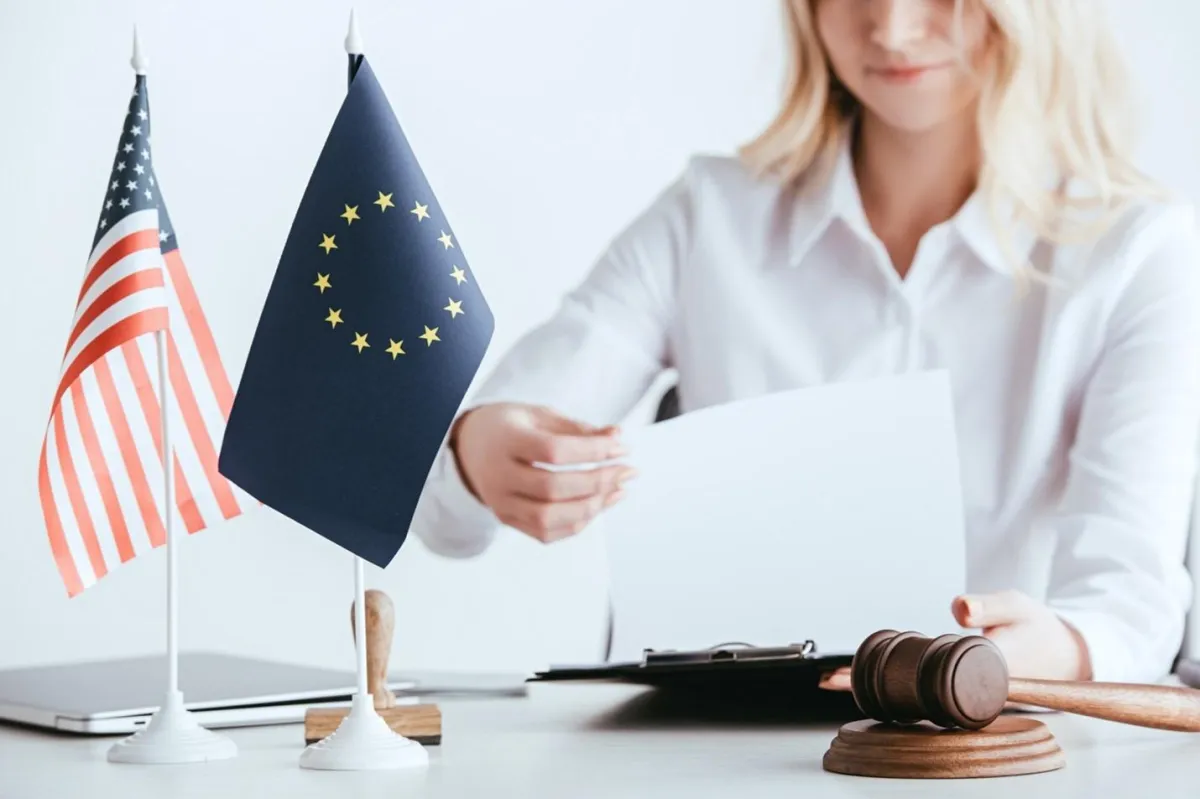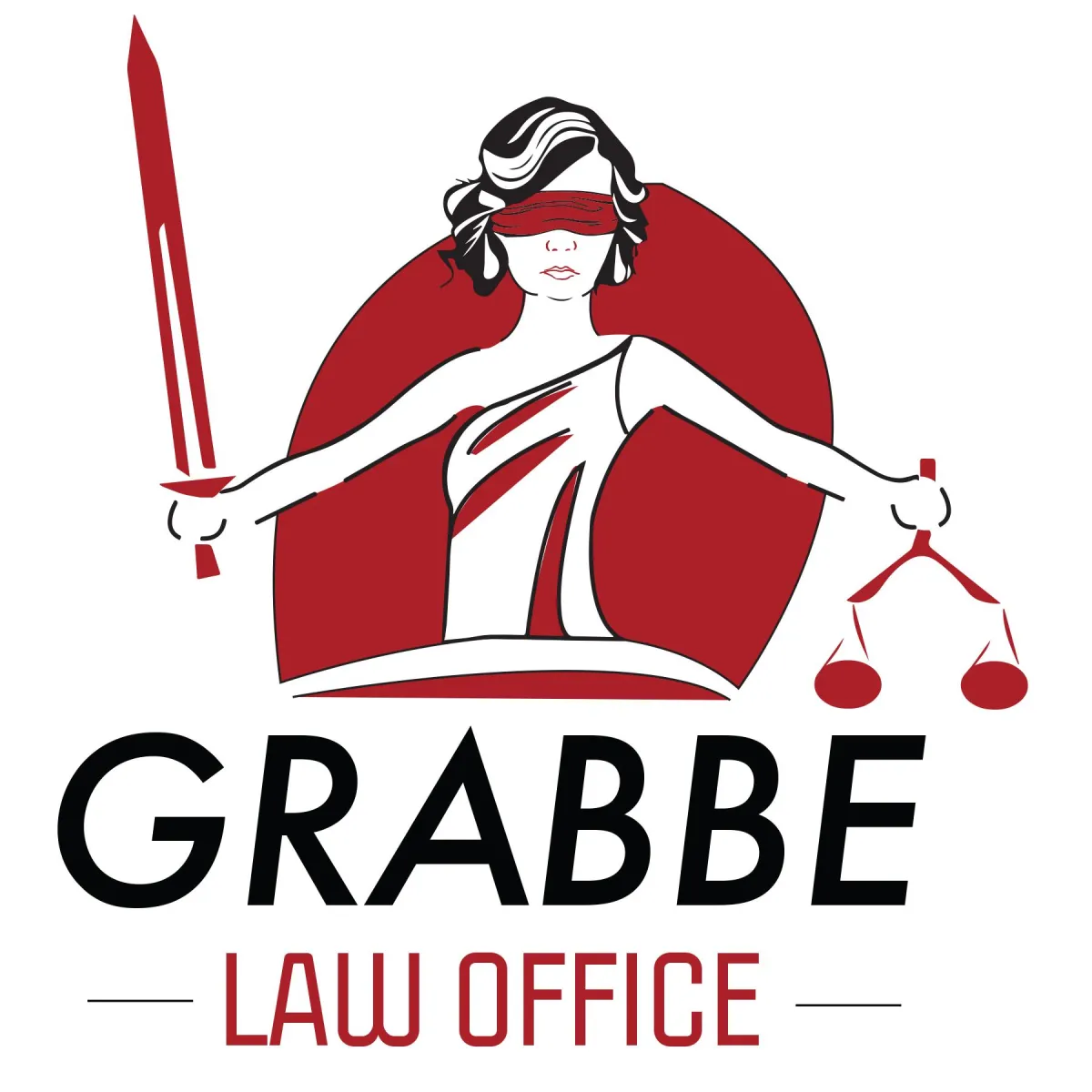Welcome to the Blog!

Understanding The Madrid Protocol
Understanding The Madrid Protocol
The Madrid Protocol is a crucial international treaty that focuses on trademark law. Since its adoption in 1989, the protocol has improved the application process for businesses seeking to register and manage their trademarks globally. This treaty provides numerous benefits to businesses and individuals wanting to seek trademark protection in an international market. Learn about the benefits of the Madrid Protocol and understand how it has transformed the landscape of trademark protection and provided businesses with a simpler path to global brand recognition. If you would like to learn more about protecting your assets via the Madrid Protocol, please consider scheduling a 15-minute free consultation with Grabbe Law Office.
What Are the Main Points of the Madrid Protocol?
According to the United States Patent and Trademark Office, the Madrid Protocol is a global agreement introduced to simplify the process required to register a trademark in multiple countries. The treaty was established in Madrid, Spain, in 1989 and became operational in 1996. Key features of the Madrid Protocol include:
Centralized System for Application and Management
The Madrid Protocol established the Madrid System, a centralized way of submitting trademark applications. Under the Madrid System, an applicant can file just one international application, with their national or regional trademark office. The applicant can request protection in multiple member countries from this single office of origin.
The Madrid Protocol provides applicants with a convenient way to handle international trademark registrations through a single, centralized system. This simplifies the process of managing trademarks across different countries since any updates to ownership, name, or address can be recorded in one central location.
Office of Origin
The office of origin is the national or regional trademark office with which the applicant has submitted their basic application or holds their basic registration. This office is responsible for reviewing and verifying the application before it is forwarded to the International Bureau of the World Intellectual Property Organization (WIPO).
International Registration and Management
The Madrid System allows for international trademark registration and protection in various jurisdictions. This registration is obtained through a basic application or registration in the applicant’s home country, where the office of origin is responsible for domestic processing of the application and for forwarding the request for international recognition.
The administrative body responsible for processing international trademark applications under the Madrid Protocol is the WIPO, located in Geneva, Switzerland. They are in charge of maintaining the International Register of Trademarks and publishing international registrations.
Global Protections
As of 2023, there are 107 member countries in the Madrid Protocol, including the United States. Applicants can seek protection in all member countries simultaneously by submitting a single international application.
Once an international registration has been obtained, the Madrid Protocol permits applicants to broaden their protection to more member countries by submitting subsequent designations. This allows trademark owners to expand their rights to new markets without filing separate national applications.
Cost and Administrative Efficiencies
Trademark owners who operate, or intend to operate, in multiple countries or regions can benefit from cost and administrative efficiencies using the Madrid System. Instead of filing a separate application in each country where they plan to do business, they can submit a single international application. Many business owners find this process to be more streamlined and cost-effective than earlier systems, which required multiple international filings in order to ensure consistent trademark protection.
Despite the efficiencies achieved by the Madrid Protocol, different member countries may still have varying details and requirements. To ensure accurate and current information, you may want to consult the Madrid Protocol and the regulations of each country. If you have additional questions about this treaty, please contact Grabbe Law Office to learn more about any trademark regulations.
How Long Does the Madrid Protocol Last?
The Madrid Protocol itself is a treaty that does not have a set expiration date. The treaty remains in effect as long as the member countries agree to follow its provisions. When a country joins the Madrid Protocol, it agrees to uphold the treaty's obligations unless it formally withdraws from the agreement. The Madrid Protocol has been in operation since April 1, 1996.
While the treaty is expected to continue as long as the member countries support its trademark registration and protection, trademark owners may at times need to renew or update their registrations. At the international level, this kind of paperwork is managed centrally through WIPO. However, one advantage of the Madrid Protocol for trademark registration applicants and trademark holders is that from the applicant’s perspective, the office of origin functions as a single port of call through which all trademark-related business can be handled. This streamlines the process, making it easier to maintain trademarks across multiple jurisdictions.
What Are the Primary Benefits of the Madrid Protocol for Business Owners?
Since its activation, the Madrid Protocol has greatly simplified the application process for registering and managing trademarks internationally. Here are some key advantages for business owners:
One-Stop Filing
Thanks to the Madrid Protocol, trademark owners only need to file one international application through their national or regional trademark office. This treaty simplifies the process for businesses by eliminating the need to submit a separate application in each country where the trademark is expected to be active.
Cost Efficiency
Filing international applications through the Madrid Protocol can be more cost-effective than filing individual national applications. Applicants pay a single fee, through their office of origin. This can save businesses substantial sums on:
· Multiple filings
· Translations
· Legal representation
Expanded Protection
With the Madrid Protocol, trademark owners can apply for protection in multiple member countries with just one application. This process makes it easier for businesses to expand their trademark rights to new markets and territories without having to file separate applications, which reduces administrative burdens.
Flexibility for Brand Owners
Trademark owners can expand their protection to more member countries in the future through additional designations, giving them the flexibility to adjust to changing business needs and market opportunities.
Streamlined Examination Process
The Madrid Protocol streamlines the international application examination process. After the original trademark office approves the application, it is sent for processing and publication, potentially leading to a faster registration process.
Simplified Management
The Madrid System helps business owners manage their international trademark registrations in a centralized way. This means that changes to ownership, names, and addresses can be recorded in one place, making it simpler to maintain and keep track of trademark records across various countries.
While the Madrid Protocol provides a few advantages, it has unique limitations and requirements specific to every member nation. To ensure compliance and get precise information about the trademark registration procedure, applicants will want to consult their home country’s rules and regulations regarding trademarks.
Schedule a Consultation With an Intellectual Property Law Attorney
The Madrid Protocol simplifies trademark registration and management in multiple countries, reducing costs and providing centralized control. This treaty enables businesses to expand their brand reach, enhance enforcement efforts, and establish a worldwide unified and prestigious brand presence. The protocol fosters international cooperation and harmonization in intellectual property rights, making it an indispensable tool for businesses navigating the global marketplace. If you would like to learn more about how the Madrid Protocol may affect you, please consider contacting Grabbe Law Office by setting up a 15-minute free consultation to discuss your situation.








